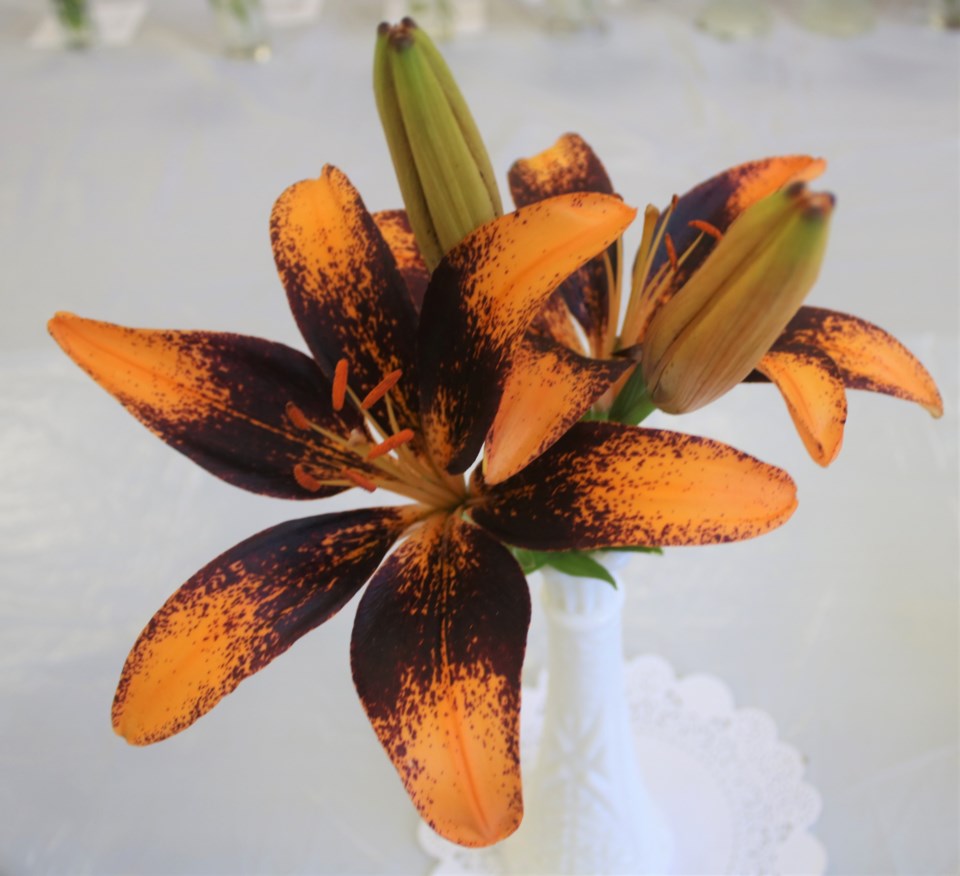YORKTON - There are always questions in or about the garden! A recent question by someone with an inquiring mind was this: why do plants have Latin names? I knew the answer, to a point, but wanted to find out more, so this is what I learned.
Plants have Latin names thanks to Carolus Linnaeus, (also know as Carl von Linne), a Swedish botanist, who wisely realized that plants and their names had to have a standard system. The same plant could have several names depending on where it calls home, but with a standard system, everyone would be referring to the same plant with the same name. That is why Latin was chosen as the language of choice for use in this system. You may have heard that Latin is a “dead” language. What does this mean? It means that it is not a language used in any country, and over time, no unusual words or slang words have been added to it. So, the words consistently mean the same thing, all the time, anywhere in the world. And that is why it is perfect for a solid, standard description of plants.
Linnaeus’ system works very well because it tells us things about the plant and various characteristics that it may have. The system uses two names together. The first name is the noun: for example, “acer” refers to a maple tree. The second word describes the first. If we were at the nursery and saw a tree labelled “acer rubrum”, “rubrum” describes the maple. Once we have learned that rubrum means red, we would know that we are looking at a maple that will have lovely red leaves.
Now, on to the system itself. Linnaeus’ system tells us important things about the plants.
First of all, it will tell us where the plant comes from. For example, if you ever bought a shrub that says “japonica”, that is more than just a lovely name for the plant. It tells us that the plant originated in Japan. “Alpinus” refers to alpine. “Canadensis” to Canada.
Next, the system tells us what we can expect in the shape of the plant. If a plant tag says “compacta”, we will know that the growth habit is dense and likely not very large. “Scandens” means that it has a climbing growth habit. “Nana” doesn’t refer to our Grammies but to a small or dwarf growing habit. If you see a plant with the word “contorta”, it means the branches will be twisted. “Pendula” means a weeping shape.
Linnaeus’ system also tells us the color of the flowers of the plant in question. “Lutea” or “flava” is yellow, “alba” is white, “rubra” means red. “purpurea” is purple.
It is very interesting to read more about this system, and also clears up some of the mystery of “where does this plant name come from and what does it mean?”
There are also interesting stories that may create a plant name. If you have seen the lovely and tropical looking “clivia”, you might wonder where that name came from. It is a member of the lily family and originates in South Africa; but the interesting story is that once upon a time, there was a young lady names Charlotte Clive Percy, the Duchess of Northumberland. Her family, especially her grandfather, Robert Clive, were avid gardeners. The plant later known as clivia was brought to England from South Africa, and since Charlotte was the first person to have the plant bloom in England, it was named Clivia after her. Please visit the Yorkton horticultural Society at www.yorktonhort.ca and see what’s new. Thank you to our friends at Yorkton This Week for their great work.
Have a lovely time in the garden and have a great week!






